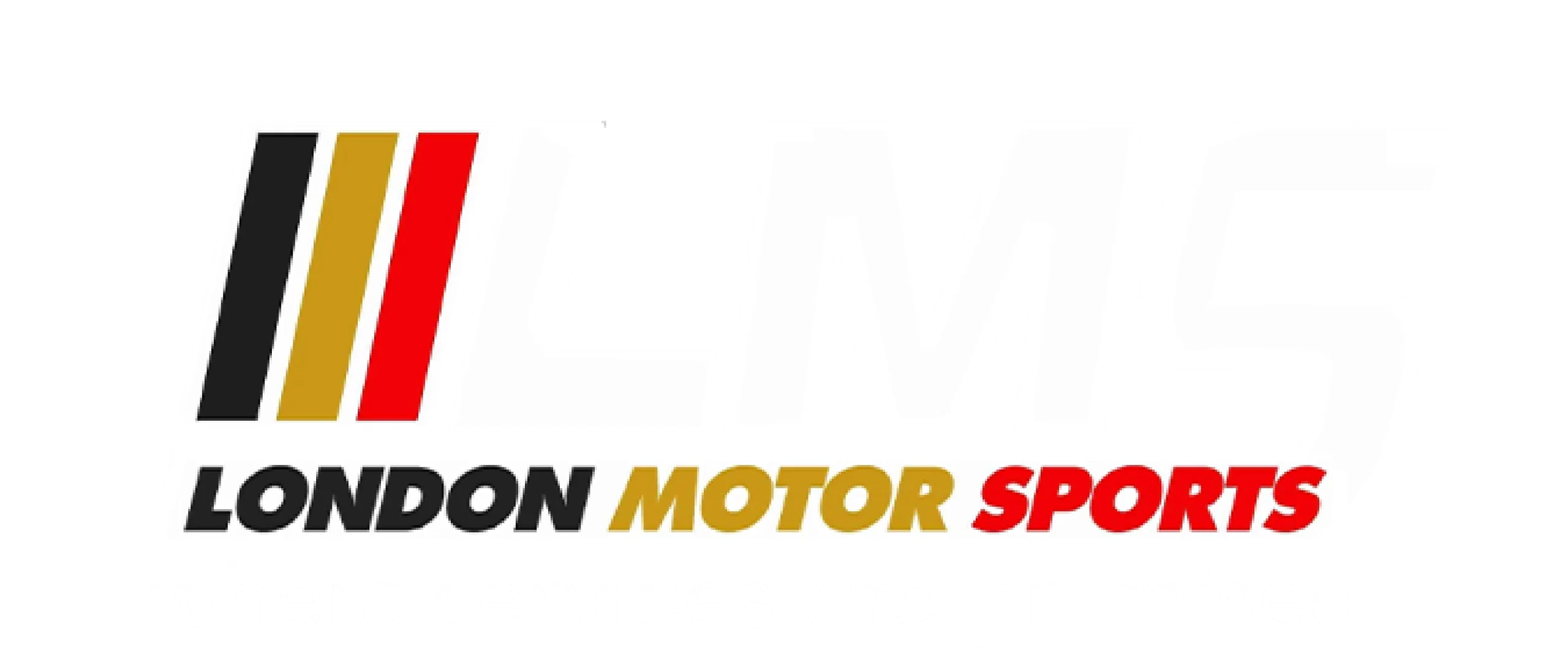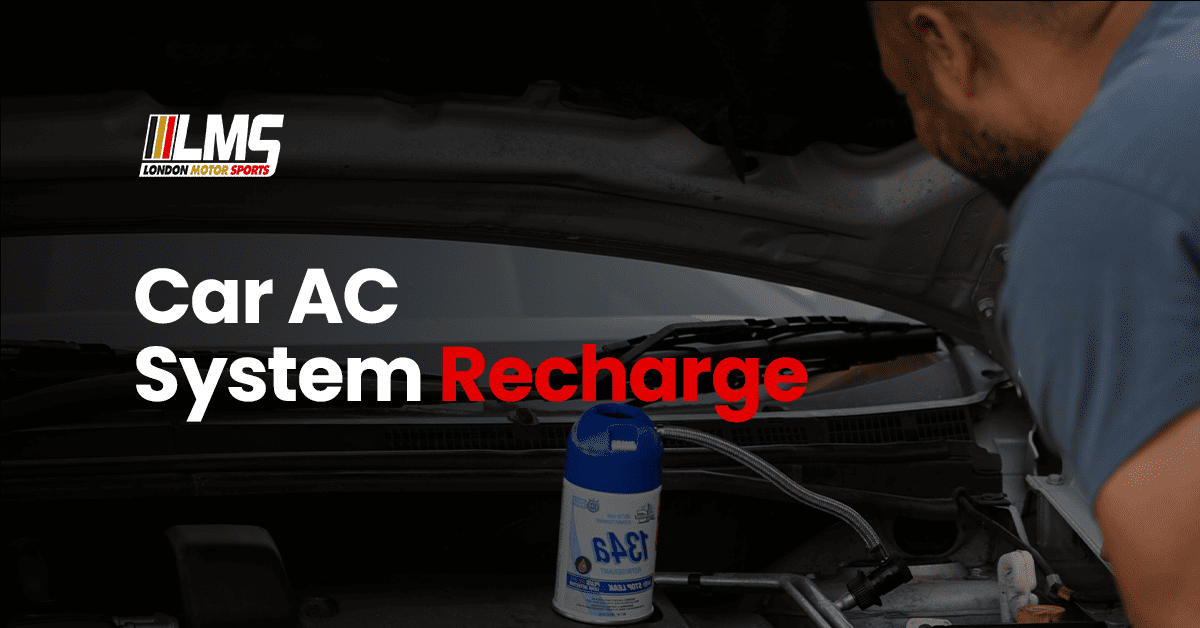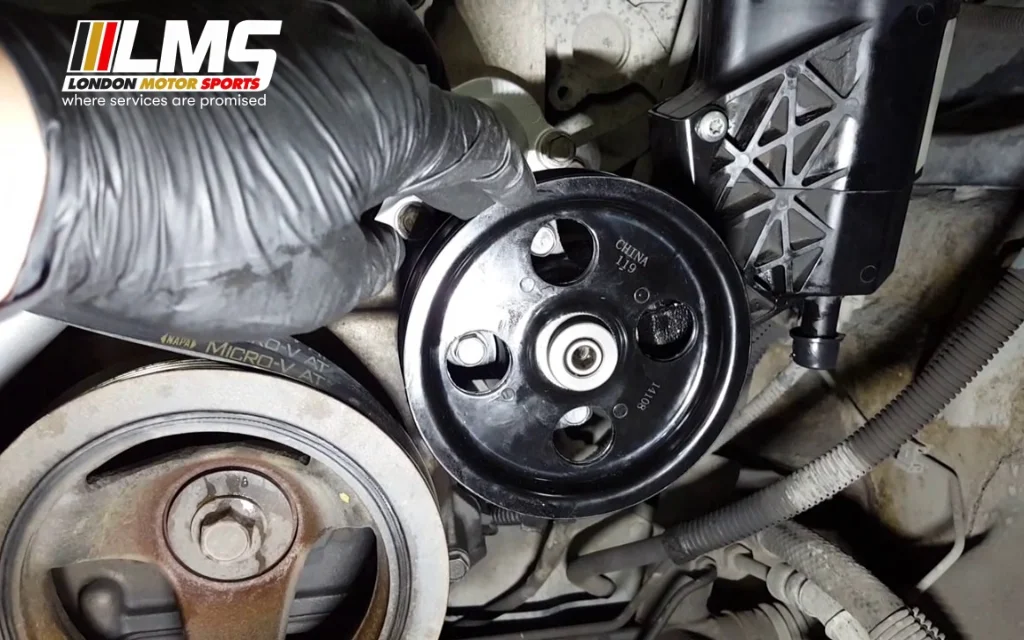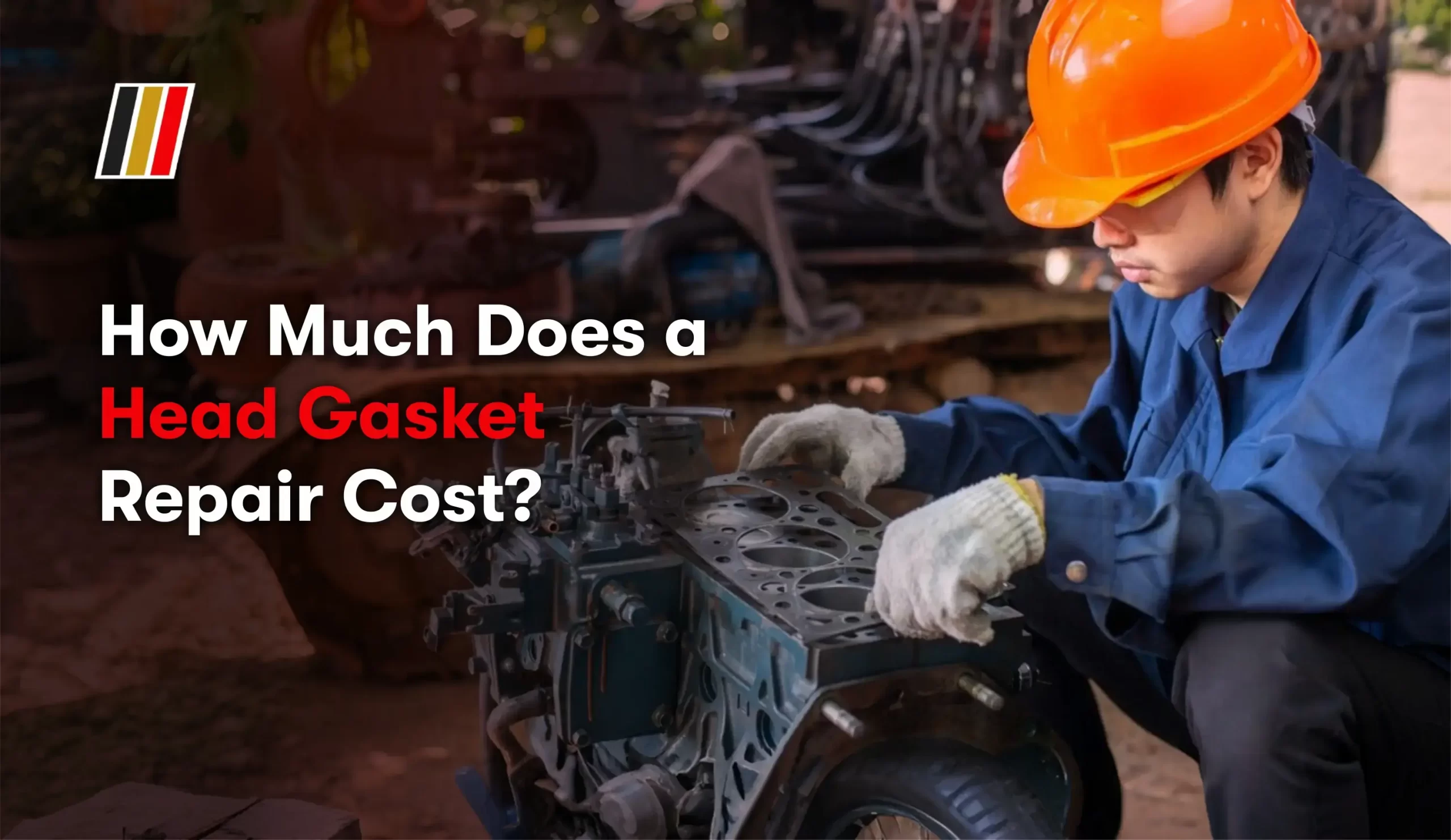As we navigate through 2025, one thing is certain: the automotive repair costs in the
Read MoreHome » Automotive Blog » Optimise Your Journey: Magic of Wheel Balancing & Alignment
Optimise Your Journey: Magic of Wheel Balancing & Alignment
- 5 min read
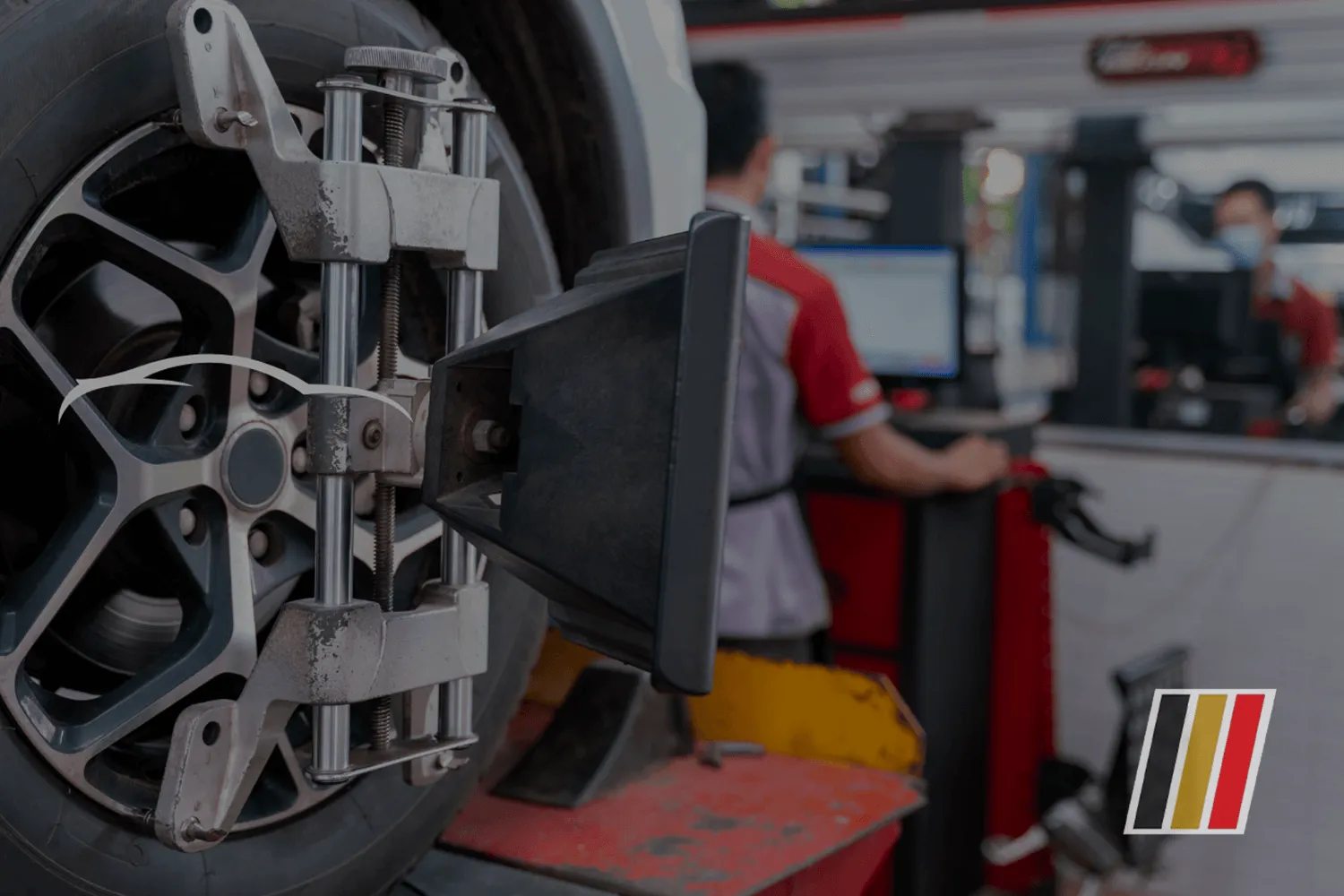
Don’t worry; you can examine these issues with professional assistance and inspection. This blog post explores a few basic steps for fixing wheel alignment yourself and explains a few basic types of alignment.
So, continue reading for further details and guidelines:
What is Wheel Balancing?
If wheel alignment is a problem, specialised technicians use specific tools and techniques to inspect the problem and fix it accordingly. Balancing a car’s wheels can overcome premature tyre wear and tear, an uncomfortable ride, and vehicle vibration.
What are the Basic Steps of Wheels Alignment?
Wheels Inspection
Inspection is one of the most crucial aspects to consider regarding wheel alignment. You can do it yourself, but visiting a professional technician or garage for the wheel inspection would be great.
Check for Air Pressure
Check the tyres' air pressure and maintain it according to your car’s specifications and requirements. Proper air pressure can ensure your vehicle's optimal performance and balance.
Check for Air Pressure
Check the tyres' air pressure and maintain it according to your car’s specifications and requirements. Proper air pressure can ensure your vehicle's optimal performance and balance.
Adjust the Suspension Components
Visit a professional and well-trained technician to adjust the different suspension components, such as the caster, toe and camber. Make sure to align these components according to your vehicle’s specifications.
Wheel Alignment
As we all know, a car's wheels are centrally aligned. You must ensure the centre alignment of wheels for precision and better performance according to the vehicle’s frame. This is not only true for one tyre, but four-wheel tyre alignment also matters.
Toe Alignment
Toe alignment refers to the angles of the wheels relative to one another. You can check for toe adjustment or alignment from above the tyres. An experienced technician can ensure parallel toe alignment to avoid premature wear and tear on the tyres.
Camber Alignment
Camber alignment is all about the level of tilt in the tyres, which can be witnessed from the front side of the vehicle. If there is any issue with camber alignment, you can contact a technician to maintain this adjustment so that the tyres are correctly connected to the road.
Caster Alignment
Caster alignment is all about the proper angle of the steering axis when you view it from the side. You can search for professional “tyre alignment near me” if there is any issue with caster alignment, as it will directly impact your car’s speed.
What are the Types of Wheel Alignment?
Thrust Alignment
This type of alignment addresses the vehicle’s thrust line. Although this line is imaginary and runs down the centre of the car, its alignment still matters. The Thrust line is responsible for the alignment or adjustment between the front and rear axles.
Four Wheel Alignment
As shown by the name, this alignment is responsible for adjusting four wheels. Four wheel alignment also includes the adjustment of the front and rear sides. This alignment ensures the balance between all four wheels, which is compulsory for all modern cars.
Front End Alignment
This type of alignment focuses on the alignment or balancing of front wheels. Its primary purpose is to fix the toe. It is crucial for vehicles with solid rear axles or rear suspensions.
Why Does Wheel Balancing or Alignment Matter?
Tyre’s Longevity
With balanced or aligned wheels, you can reduce the chances for premature wear & tear of tyres. So, you can directly increase the life of a car’s tyres if the wheels are correctly balanced and aligned. Wheel alignment matters not only for the longevity of the tyres but also for the safety of your vehicle and for preventing sudden accidents on the roads.
Improved Engine Health
If the car’s wheels are imbalanced or misaligned, it will also directly impact the engine's health and fuel efficiency. Unaligned wheels may increase the rolling resistance and require more fuel. So, proper alignment is crucial for fuel efficiency, improved performance, better engine health, and save money.
Improved Steering Response
Balanced wheels can also improve or enhance the steering response rate. Properly aligned vehicles handle overall stability better. With precisely aligned wheels, you can ensure the straight tracking of your vehicles and wheel corners for an outstanding driving experience.
Avoid Premature Wear
If the wheels are misaligned or imbalanced, it will release more pressure on the tyres, which leads to premature wear and tear. So, adequately balanced or aligned wheels will reduce the premature wear of the tyre’s components. With timely alignment or balancing, you can reduce the wear risk and increase the life span of these tyre and suspension components.
Comfortable Rides
A properly balanced and aligned vehicle can surely lead to a comfortable and smooth ride. With wheel balancing, you can also reduce the vehicle’s vibration to provide you and your passenger with a comfortable ride.
How Much Does Tyre Balance Cost?
How Often Should I Get Wheel Alignment?
How Often Should I Check for Wheel Balancing?
Our Thoughts
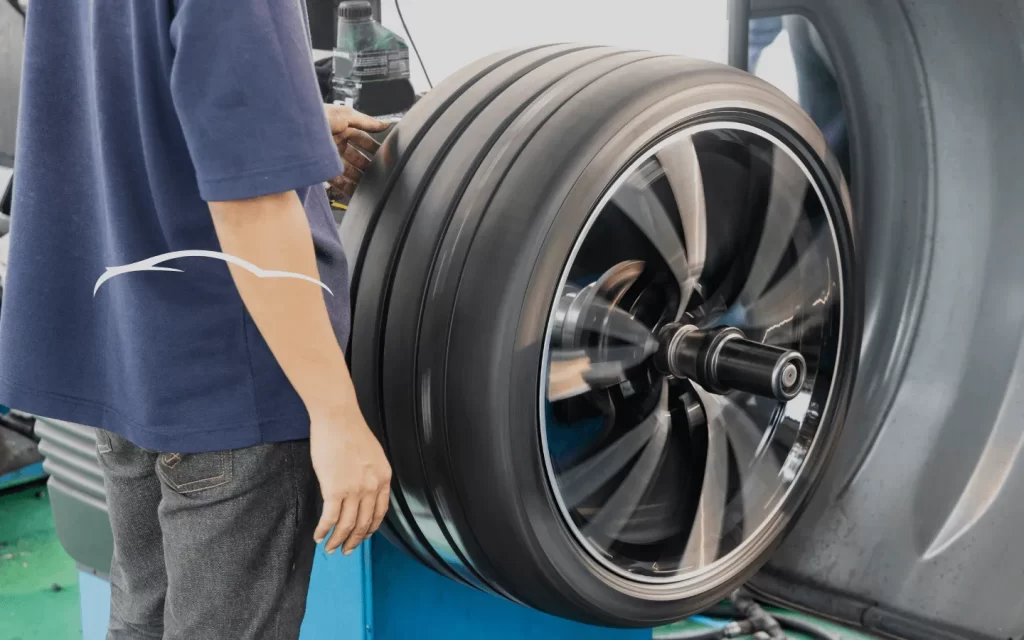
Related articles & guides 👇
A power steering pump is a power steering system’s most critical and complex component. Before
Read More